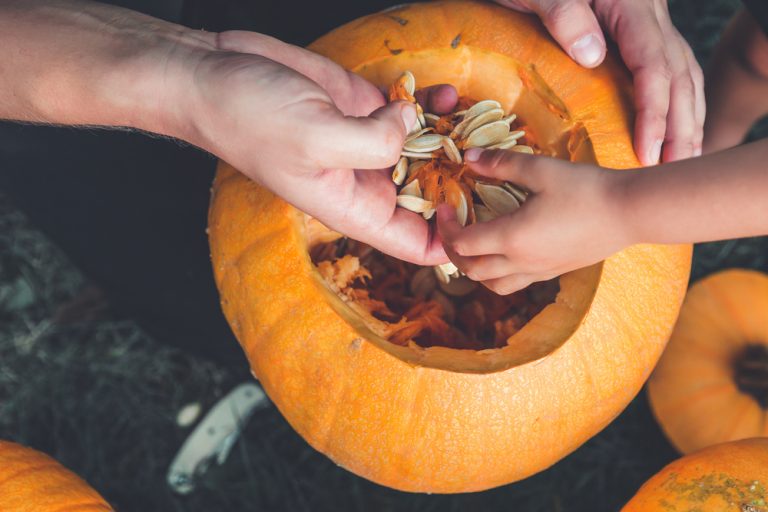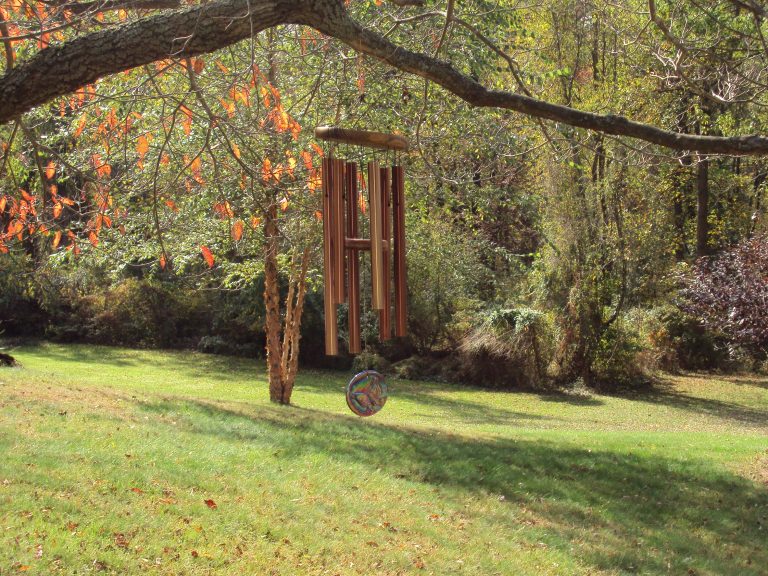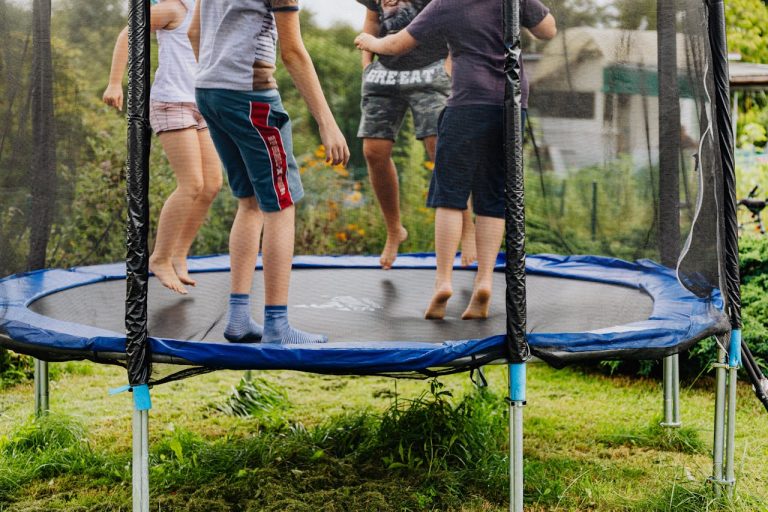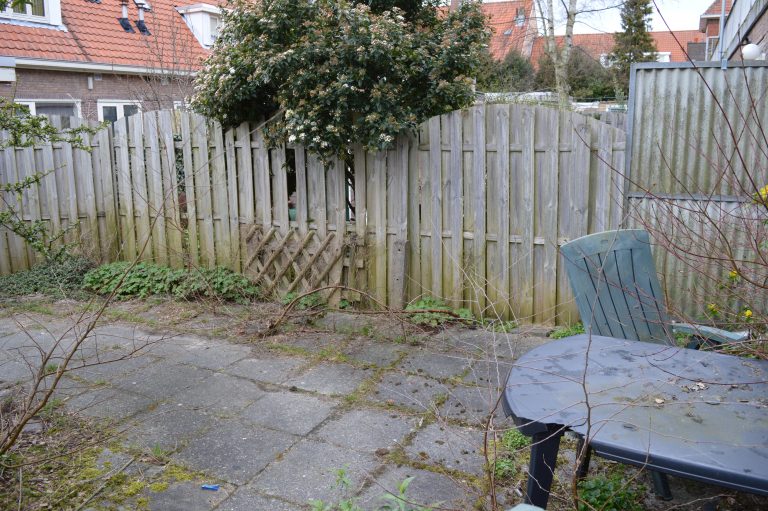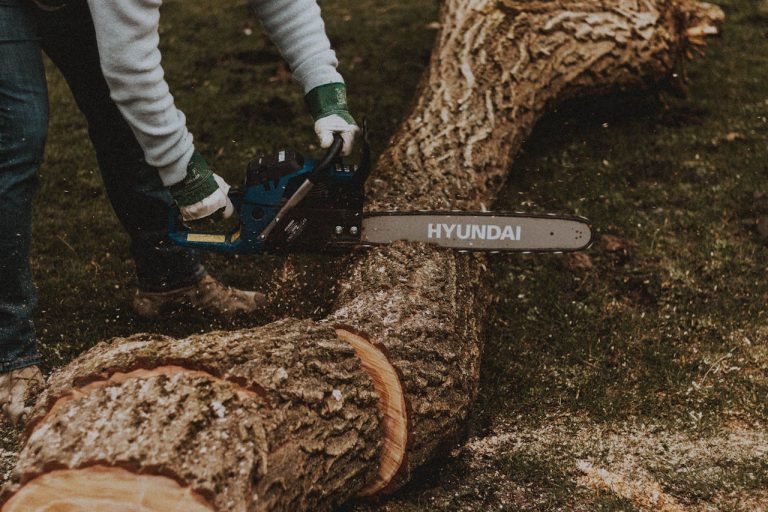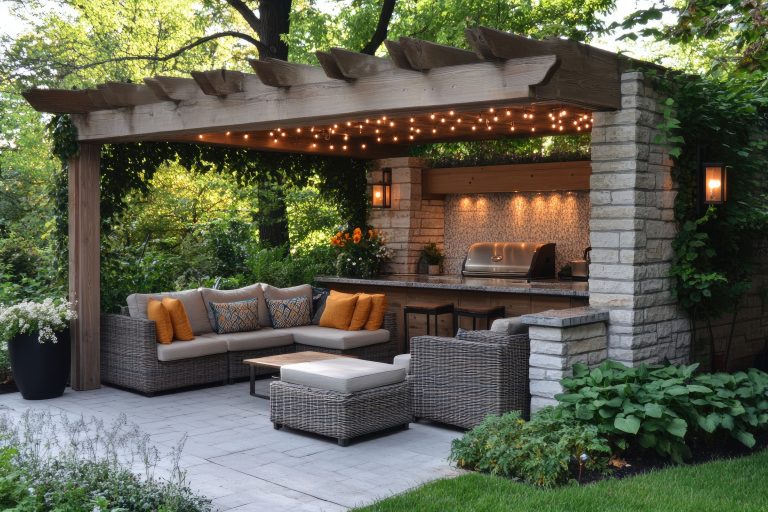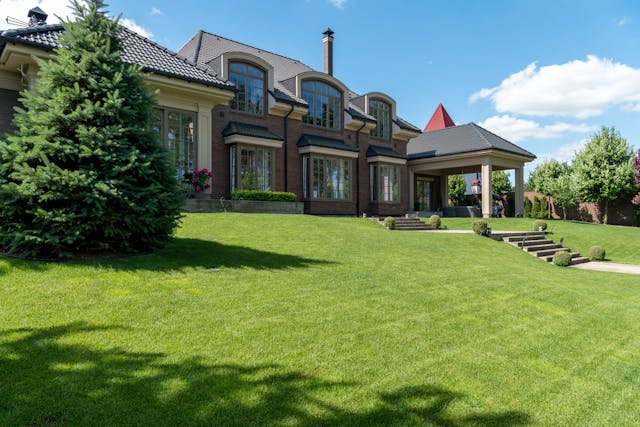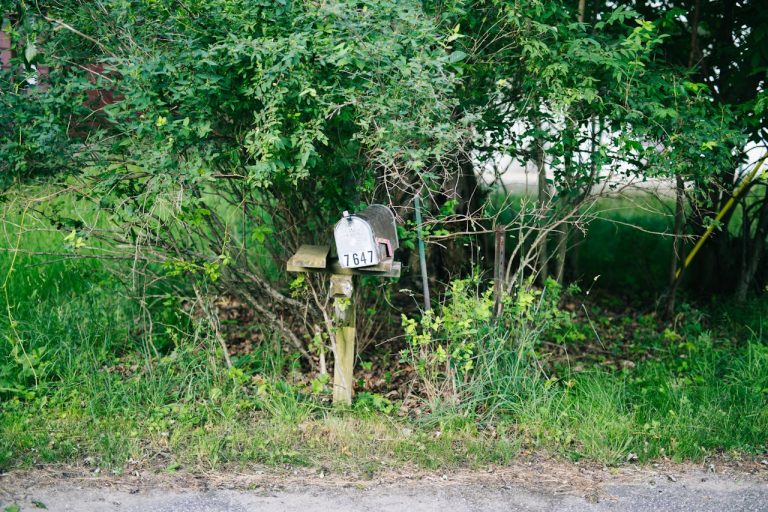Did you buy pumpkins for Halloween? After they are carved and displayed for the holiday, most pumpkins are tossed in the trash, especially if they start to rot. But gardeners know better. Did you know every part of the pumpkin can be repurposed? You can feed your soil, attract pollinators, or keep pests away in…
garden musings
10 Times a Garden Upgrade Became a Legal Nightmare
Upgrading your garden is probably something you saved for and put time and effort into. But what if we told you that your efforts could turn into a legal nightmare? Property lines blur, drainage shifts, and suddenly a friendly neighbor becomes a furious plaintiff. Cities have sightline laws you’ve never heard of; HOAs have pages…
10 Garden Decorations That Attract The Wrong Kind of Attention
We all are proud of our gardens and want to decorate them to enhance their beauty. But some decorations can also create unintended issues. Some items actually attract pests, nosy neighbors, or even thieves. Often, these risks are unintentionally overlooked. Here are 10 garden decorations that bring the wrong kind of attention. 1. Bright Solar…
8 Outdoor Projects That Could Void Your Home Insurance
Your backyard projects might seem harmless, but they could be putting your home insurance at risk. Many homeowners don’t realize that certain additions or upgrades can actually void or limit their coverage. Insurance companies often see these projects as higher risk, leaving you exposed if something goes wrong. What starts as a simple improvement could…
5 Things Growing in Your Yard That Could Get You Sued
Your yard might seem like a peaceful retreat, but it could get you sued. Some plants and growths can unexpectedly cause legal trouble. Whether it’s overhanging branches, invasive species, or hazardous trees, what’s growing on your property could lead to costly lawsuits. Here are five common yard-related issues that have sparked legal disputes. Plus, learn…
10 Garden Chemicals That Are Still Sold—But Banned Overseas
Not everything on your local garden center’s shelf is safe, at least, not by global standards. Some lawn and garden chemicals still sold in the U.S. have been banned in other countries due to serious health and environmental risks. Before you spray, here are 10 products that might make you think twice. These bans aren’t…
6 Times a Backyard Project Ended in a Legal Dispute
Are you planning a backyard project? Sometimes, you’ll have to check with your neighbor first. A backyard upgrade sounds harmless, but it can trigger lawsuits, fines, or even neighbor wars. From property lines to zoning laws, outdoor projects can quickly spiral into legal trouble if you’re not careful. Here are six backyard blunders that could…
8 Lawn Additions That Could Attract Burglars
How do you protect your home from burglars? Well, what’s in your yard could be inviting crime. A well-kept lawn can boost curb appeal, but it can also catch the eye of someone with bad intentions. Certain lawn additions, while attractive or convenient, may unintentionally signal that your home is an easy or valuable target….
9 Reasons Your Lawn Might Be Violating HOA Rules
Homeowners Associations (HOAs) often have strict rules about lawn care and curb appeal to maintain a uniform, attractive look throughout the neighborhood. Some of these rules are common sense, but others may take you by surprise. Of course, every community is different and has its own rules. Make sure to consult with your HOA guidelines…
6 Outdoor Mistakes That Could Trigger a Property Fine
Your yard may seem like your personal space, but local regulations can dictate what’s allowed. It’s important to know what can cost you. Even small missteps, like leaving trash cans out too long or skipping lawn care, can lead to fines. Many homeowners are surprised to learn their landscaping, lighting, or decor violates city or…
